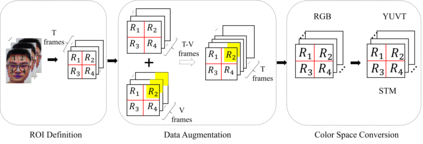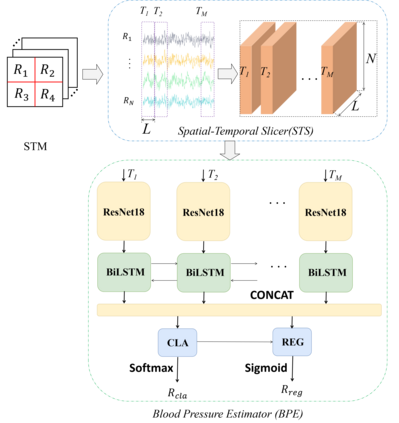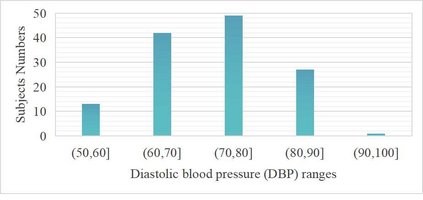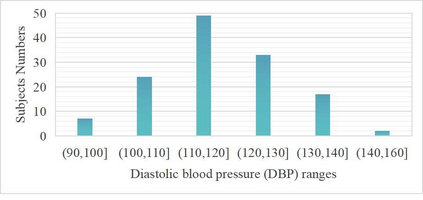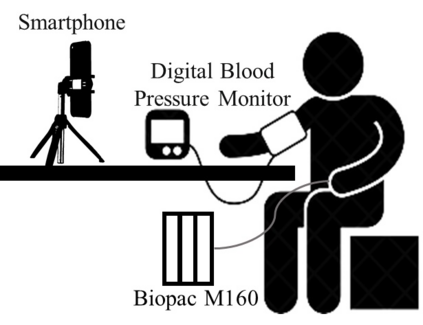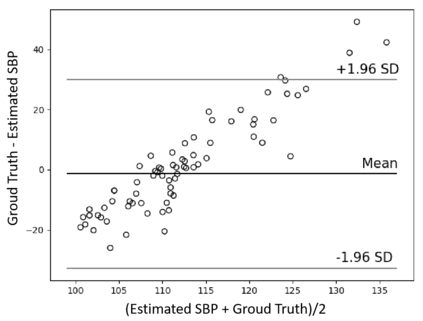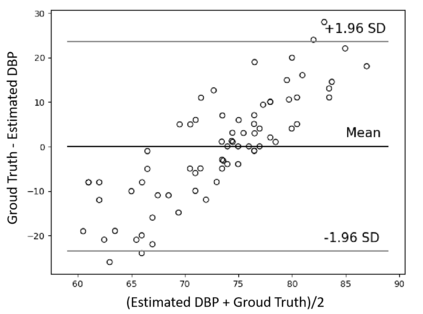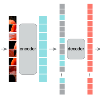Blood pressure indicates cardiac function and peripheral vascular resistance and is critical for disease diagnosis. Traditionally, blood pressure data are mainly acquired through contact sensors, which require high maintenance and may be inconvenient and unfriendly to some people (e.g., burn patients). In this paper, we proposed an efficient non-contact blood pressure measurement network based on face videos. First, an innovative oversampling training strategy is proposed to handle the unbalanced data distribution. The input video sequences are first normalized and converted to our proposed YUVT color space. Then the spatio-temporal slicer encodes it into a multi-domain spatio-temporal mapping. Finally, the feature extractor composed of a series backbone network and LSTM fits the high-dimensional feature, which is fed into blood pressure classifier to locates the blood pressure interval. The blood pressure calculator combines the results of the feature extractor and the blood pressure classifier to output the final blood pressure value. We tested BPM-Net on MMSE-HR dataset, the MAE of systolic blood pressure reached 12.35 mmHg and that of diastolic blood pressure reached 9.5 mmHg. Experimental results on MMSE-HR show that the network outperforms existing state-of-the-art methods.
翻译:传统上,血压数据主要通过接触传感器获得,这些传感器需要高维护,对一些人(例如烧伤病人)可能不方便和不友好。在本文中,我们建议基于脸部视频建立一个高效的非接触血压测量网络。首先,提议了一个创新的过度抽样培训战略,以处理不平衡的数据分布。输入视频序列首先正常化,并转换为我们提议的YUVT色空间。然后,spatio-时空切片器将其编码为多多多面面体spatio-时空绘图。最后,由一系列骨干网络和LSTM组成的特征提取器符合高方位特征,用于血压分类,以定位血压间隔。血压计算器将地貌提取器和血压分类器的结果结合起来,以输出最后的血压值。我们在MSE-HR数据集中测试了BPM-Net,由一系列骨质血压和LSTMT构成的MAE提取到12.35毫米MHAL-MHAMA的当前血液压力测试结果。

